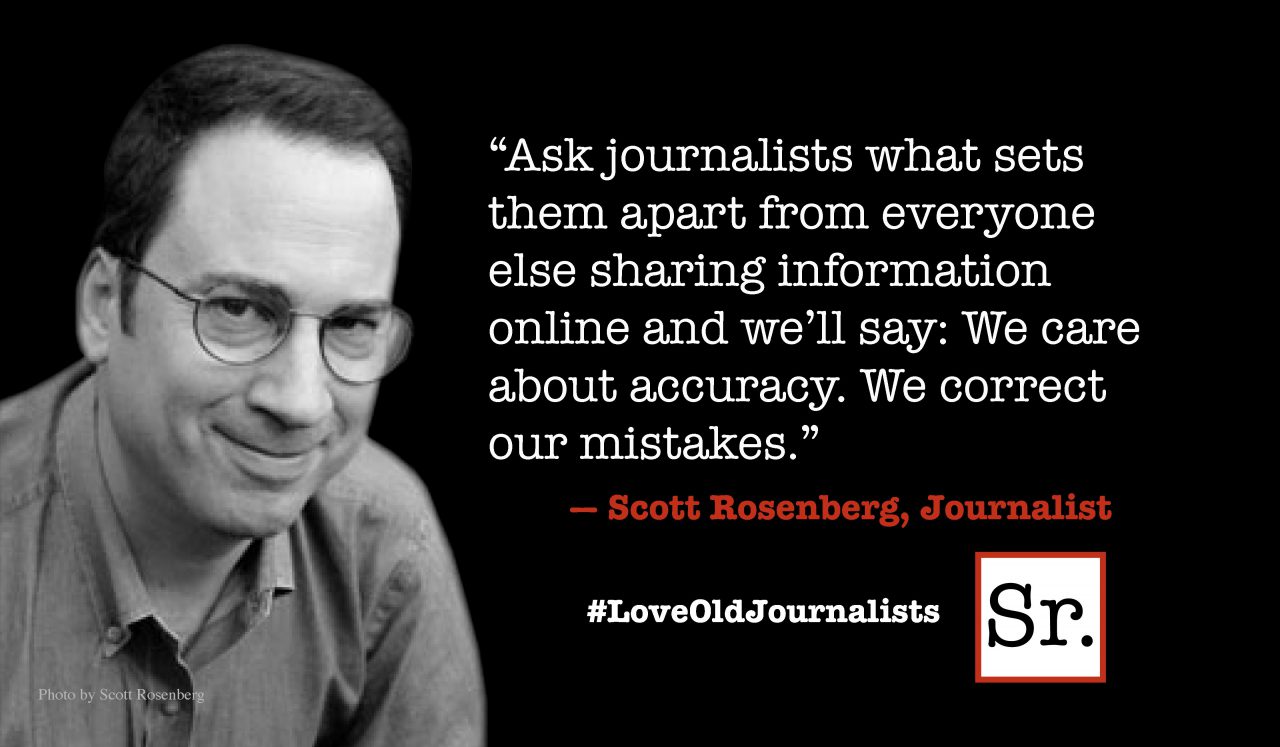In the late 1960s, as psychologist B. F. Skinner’s behavior modification theory made the jump from academia into popular culture, the focus in child rearing shifted from molding character to “shaping” behavior. Books such as Gerald Patterson’s Living with Children promised perfectly well-behaved children through the proper manipulation of rewards and punishments such as time-out and systematic removal of privilege.
Prior to this revolution, proper parenting was a matter of providing unconditional love and unequivocal leadership. Discipline was the process by which parents transformed the anti-social toddler into a pro-social human being who was respectful of legitimate authority as well as the rights of others, willing to accept responsibilities, and determined to overcome obstacles. These were character issues. Now, child rearing became “parenting,” discipline became the process of shaping proper behavior, and parents became compliance officers.
Please don’t misunderstand me on this point. In most cases, a child’s purposeful misbehavior requires a firm adult response, one that communicates the clear message that the misbehavior in question won’t be tolerated. Punishment is one way of accomplishing that, but not the only way. In some cases, a stern one-sided “conversation” will suffice. But some misbehavior merits no response at all. Children are, after all, mischievous, and a good amount of their mischief is harmless. An example is a 3-year-old who discovers that the word “poopy” is bound to elicit some form of interesting reaction from adults, whether laughter or shock. That sort of inconsequential thing can be starved out of existence by simply ignoring it.
It’s obvious that a good number of today’s parents fail to respond adequately to misbehavior. They ignore what is clearly more than mere mischief, they deny that their children are brats, they make excuses for them, and so on. These parents are a principal’s and teacher’s worst nightmare.
However, on the other side of the discipline coin one finds a good number of parents who over-discipline. These parents are obsessive-compulsive when it comes to their children’s behavior. Producing the perfect child appears to be their raison d’etre. As such, no infraction is too small to escape their detection, and punishment is their passion. They end up micro-managing their children’s behavior, creating more problems in the long run than they solve. No matter the context, micro-management always breeds resentment, deceit, and eventual rebellion. At the very least, that sort of parenting style fails to teach a child the inestimable benefits of self-control. These parents often complain that when their kids reached their teen years, it was like a switch was flipped to “Kick Out the Jams!” Or their kids get to college, can’t deal with the independence, and collapse emotionally or academically or both.
The path back to parenting sanity lies in re-embracing the past, the most important aspect of which is re-establishing the training of character as the top priority. That will require (among other things) eschewing the post-1960s emphasis on self-esteem and rebooting the traditional emphasis on the rights of others, balancing after-school activities with unpaid household chores, and restoring the teaching of manners, beginning with table manners (starting with eating what is put in front of you without complaint).
Ultimately, this will require that parents abandon the pursuit of success and happiness for their kids and pursue instead the goal of making America a better place.








